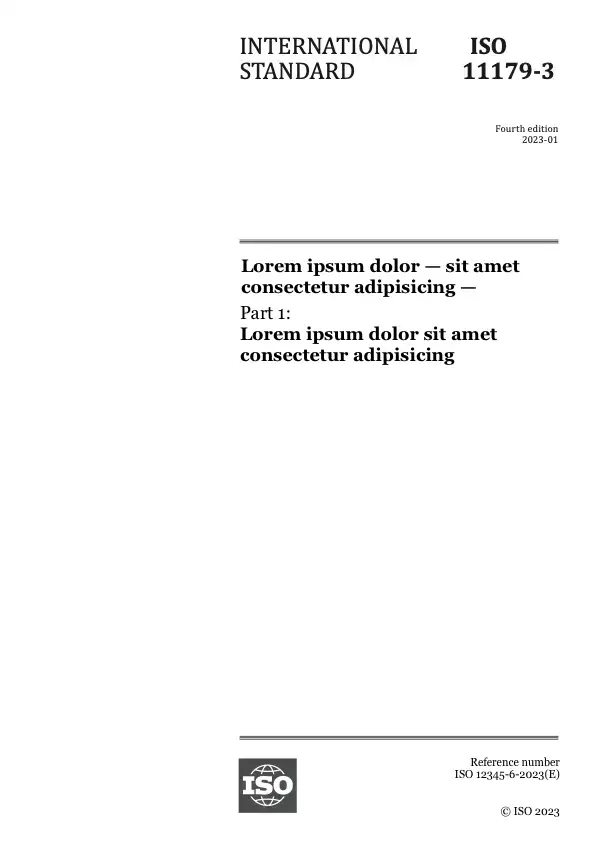Тезис
This International Standard describes a method that uses an electronic hydrogen detection instrument for measuring
relative, diffusible hydrogen concentrations in bare steels or in plated steels after the coating has been removed. It is
assumed that the hydrogen is uniformly distributed throughout a part.
The method does not measure actual hydrogen concentration. However, oxidation current densities measured
against time provide a useful indication of relative hydrogen concentrations and, therefore, the measurements can be
used for comparison purposes. The method may be used as a quality control procedure as it does provide a quick
means of measuring the effectiveness of pre- and/or post-plating heat treatments or of monitoring hydrogen uptake
during plating or due to corrosion.
It is important to note that the absence of failure in a particular test does not provide confirmation of complete
elimination of hydrogen embrittlement because no one test method can provide all the data necessary to evaluate
the degree of hydrogen degradation.
For unplated parts the method is non-destructive; however, for plated parts the coating has to be removed prior to
measurement by a means proven not to damage the steel or to introduce hydrogen.
This test method is limited to:
— carbon and alloy steels, excluding austenitic stainless steels (see note 1);
— flat specimens to which the cell can be attached (see note 2);
— measurements at room temperature ( ).
NOTE 1 If this method is used for austenitic stainless steels and other face centred cubic (FCC) alloys, measurement times and
interpretation of results will have to be determined because of the different kinetics involved.
NOTE 2 For slightly curved surfaces it is essential to define an area that is reproducible. The area calculation will be different
from that described in this International Standard.
NOTE 3 The method can be applied to small parts, however, this necessitates some modification of the technique, procedure
and interpretation of results.
Preview
Общая информация
-
Текущий статус: ОпубликованоДата публикации: 2001-12Этап: Подтверждение действия между-народного стандарта [90.93]
-
Версия: 1
-
Технический комитет :ISO/TC 107ICS :25.220.40
- RSS обновления
Жизненный цикл
-
Сейчас
ОпубликованоISO 15724:2001
Стандарт, который пересматривается каждые 5 лет
Этап: 90.93 (Подтверждено)-
00
Предварительная стадия
-
10
Стадия, связанная с внесением предложения
-
20
Подготовительная стадия
-
30
Стадия, связанная с подготовкой проекта комитета
-
40
Стадия, связанная с рассмотрением проекта международного стандарта
-
50
Стадия, на которой осуществляется принятие стандарта
-
60
Стадия, на которой осуществляется публикация
-
90
Стадия пересмотра
-
95
Стадия, на которой осуществляется отмена стандарта
-
00
Появились вопросы?
Ознакомьтесь с FAQ
Часы работы:
Понедельник – пятница: 09:00-12:00, 14:00-17:00 (UTC+1)
